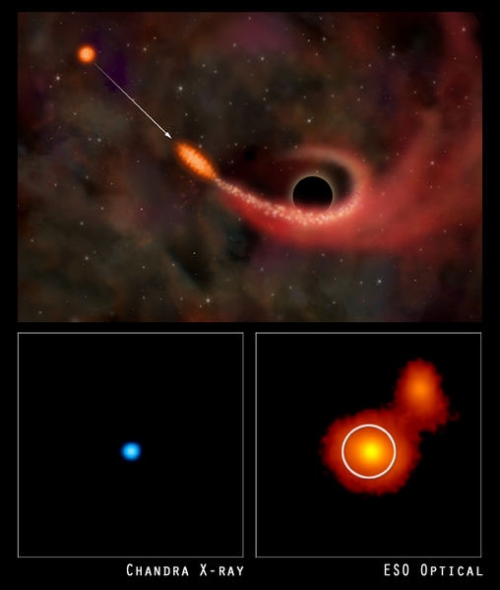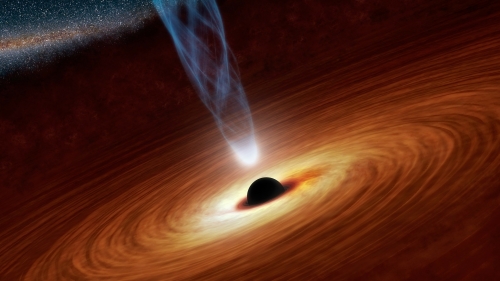
Main sequence stars are stars that are in the most stable and longest stage of their existence. They are in the middle of fusing hydrogen atoms to form helium atoms in their cores. They emit large amounts of heat and light and send them out to space. Red giant stars are stars that no longer fuse hydrogen atoms to form helium atoms in their cores. Without energy generation in their cores, the size of the cores eventually dwindles.
The energy coming out of the shrinking cores’ gravitational contraction makes the gas envelope surrounding the cores puff outward and the outer crusts of the red giant starts gradually swell. Such a process occurs repeatedly even after the cores’ helium atoms turn into carbon. In the end, red giant stars become supergiant stars. Some supergiant stars instantly go through a stellar explosion called a supernova, in which everything except the cores is blown away. A supernova could outshine an entire galaxy.

Then comes a supernova remnant called a neutron star. Neutron stars are the densest and smallest stars known to exist in the universe and rotate at high speed with an extremely powerful magnetic field. Dying stars much heavier than neutron starts contract further to form black holes. Black holes are extremely high in density and have a strong magnetic field from which even light cannot escape. Black holes are known to suck up everything in sight. However, some black holes like to give something out as well.
A few of the ultra-giant black holes lurking at the center of the galaxy emit lightspeed Z particles when they dine. New studies on the ultra-giant black holes (over 200) showed that Z particles were much stronger than scientists initially thought. Though astronomers do not know how Z particles are released, Z particles seem to cash in on black holes’ own rotational energy.


